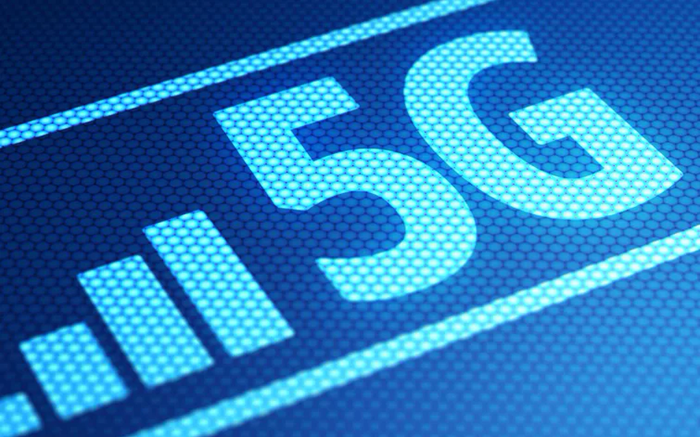5G’s almost here. The ’10s are almost over, and they’ve seen data speeds jump from early “4G” that wasn’t even really 4G, through LTE and now to where we’re on the cusp of 5G, the next evolution of cell phones.
But what is 5G, really?
5G is a whole new set of technologies designed to work so transparently that you don’t even realize your phone’s doing something different. Starting with an evolution of the LTE-Advanced technology in your phone today, 5G takes everything to a new level. When it’s finally implemented, you’ll be able to get data speeds 10 times faster than your home internet, anywhere within reach of a cell phone. There are two important facets of 5G technology that work together to change the cell phone game forever. When you combine them, you get mobile communications that are better than anything you’ve ever seen.
Super Low Latency
A while back I wrote that latency is the most important measure of network communications. A lot of people think raw speed is, but it isn’t. Latency describes the amount of time between when you ask for data and when you get it. Raw download speed is great but generally you don’t download large, single files. Your phone could be processing hundreds of quick requests every minute and if you can make the phone respond faster to every request, the whole experience will seem much faster.
5G phones will have ultra-low latency meaning that 5G data could be used for real-time decision making like autonomous cars and computer-aided security measures.
New frequency ranges
5G will eventually take over all the frequencies used by all the cell phone providers. That will take a while to be sure. The first implementations of 5G will come in two frequency ranges.
The 600MHz band was used until recently for television broadcasts but was reallocated to cell phone used. Phones using 600MHz 5G will need slightly larger antennas but not really much larger than what you have now. A properly designed phone should hide the antenna easily much as it does now.
The real boom in 5G is in what’s called the millimeter wave spectrum. These are frequencies above 28GHz. Previously only satellite TV used these frequencies. Because the waves are so small (about a millimeter, hence the name) the antennas can be small too. Unfortunately it takes a lot more power to make millimeter wave cellular work. This could mean you’d have to carry a gigantic battery. You won’t have to, but without a doubt you’ll have to be a lot closer to a cell tower. As the technology improves, we’re learning that towers may have to be just a few hundred feet apart in order to keep broadcast power low.
Millimeter wave 5G may be hard to do, but all that extra, unused bandwidth really opens up the possibility of speed. While today’s phones feel really snappy at 60Mbps, millimeter wave 5G could get close to 2,000Mbps. Most likely you’ll see normal speeds of 900Mbps-ish, but hey that’s still pretty darn fast.
But the real question…
…and the topic of this article, is whether or not those new phones will need all new data plans. At this point AT&T and other carriers do have special plans for 5G but it’s not because you’ll automatically use more data. There’s nothing about 5G that would force you to use more data.
But, you will probably use more data. Of course you will.
In 2010 you probably had a 200MB data plan. They were pretty common back then. You might have gone over now and again, but 200MB per month was a pretty respectable number. After all it was pretty hard to stream high quality video, there really wasn’t streaming music, and web pages were all designed to be really lean because download speeds were slow.
These days, if you don’t have an unlimited plan, you probably have 8, 12, or 15GB per month. No one is forcing you to use more data and there’s nothing about today’s phones that automatically use more data. There’s just so much more you want to do, and it takes data to do it all.
Which is why, chances are by 2025 you’ll use a lot more data. It’s not 5G’s fault, it’s the fault of all the great things you’ll be able to do by then. Trust me, you won’t mind a bit.





